This ancient volcano, called McDermitt, formed more than 19 million years ago and may contain an estimated 40 million tons of lithium.
This reserve is much larger than the lithium mine located under a salt flat in Bolivia, long considered the world's largest lithium mine.
Lithium, dubbed “white gold,” is worth about $37,000 a ton. That means the newly discovered lithium mine in the US is worth an estimated $1.48 trillion. Lithium is a key component in the batteries used in everything from smartphones to electric cars to solar panels.
"This mineral mine could change the global distribution of lithium in terms of price, supply security and geopolitics ," said Daily Mail , citing expert Anouk Borst at KU Leuven University and the Royal Museum of Central Africa in Tervuren, Belgium.
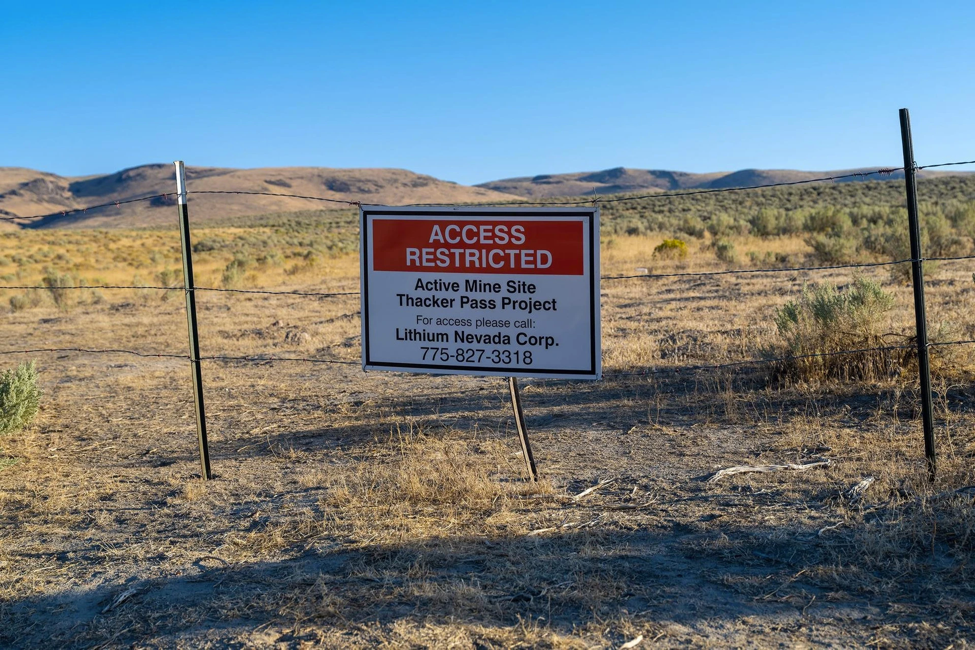
Where a group of American geologists have just found the world's largest lithium mine. Photo: Daily Mail
Geologists found a unique clay in the McDermitt Caldera area that includes the mineral illite, which contains 1.3%–2.4% lithium. This is nearly twice the amount of lithium found in the typical lithium-containing clay, magnesium smectite (which is more common than illite).
Some of the conditions that contributed to the formation of the lithium deposit in McDermitt Caldera included an eruption 16.4 million years ago. After the eruption, the caldera filled with magma containing sodium, potassium, lithium, chlorine, and boron. This rapidly cooled, forming a volcanic rock that accumulated with lithium-rich particles.
Later, a lake formed in the crater, which lasted for hundreds of thousands of years. Weathering of the surrounding volcanic material led to the formation of clay sediments at the bottom of the lake.
The researchers' analysis revealed that after the lake dried up, another eruption exposed the sediments to hot alkaline water, rich in lithium and potassium.
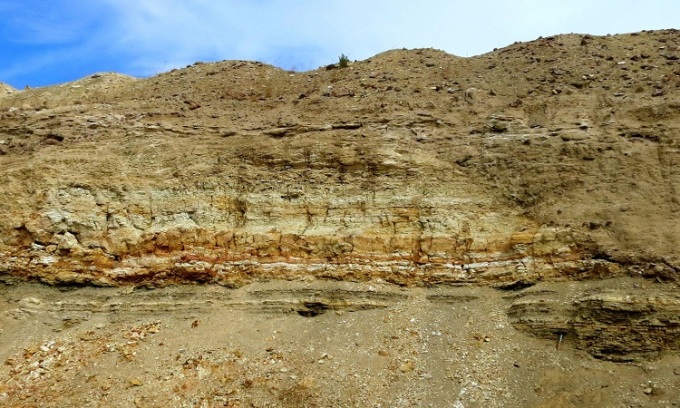
Lithium shale layers in the McDermitt Caldera. Photo: Daily Mail
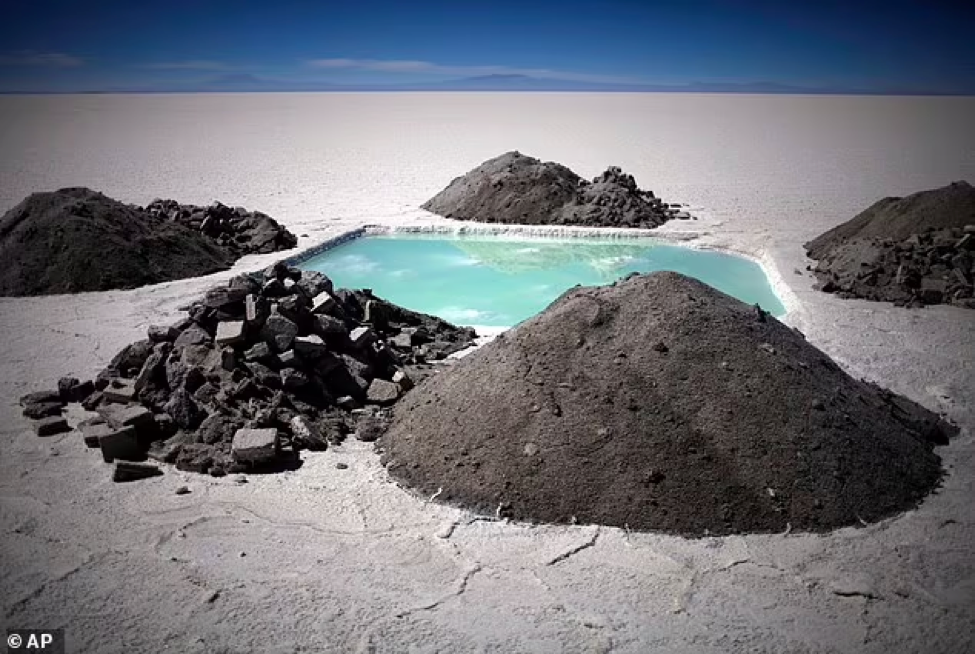
Most of the world's lithium reserves are located under salt flats, such as those in Bolivia. Photo: AP
Geologist Thomas Benson of Lithium Americas Corporation (Canada) believes that hot alkaline water created a layer of illite about 40 meters thick in the lake sediments. The liquid rose through cracks that appeared when the volcano was active, transforming smectite into illite in an area south of the crater called Thacker Pass. The result is a shale layer with a very high percentage of lithium.
Benson revealed that Lithium Americas Corporation plans to start mining lithium in Nevada and Oregon in 2026, lasting for 40 years.
The mining method involves separating the clay with water, then centrifuging the lithium-containing grains. The clay is then soaked in a bath of sulfuric acid to leach out the lithium.
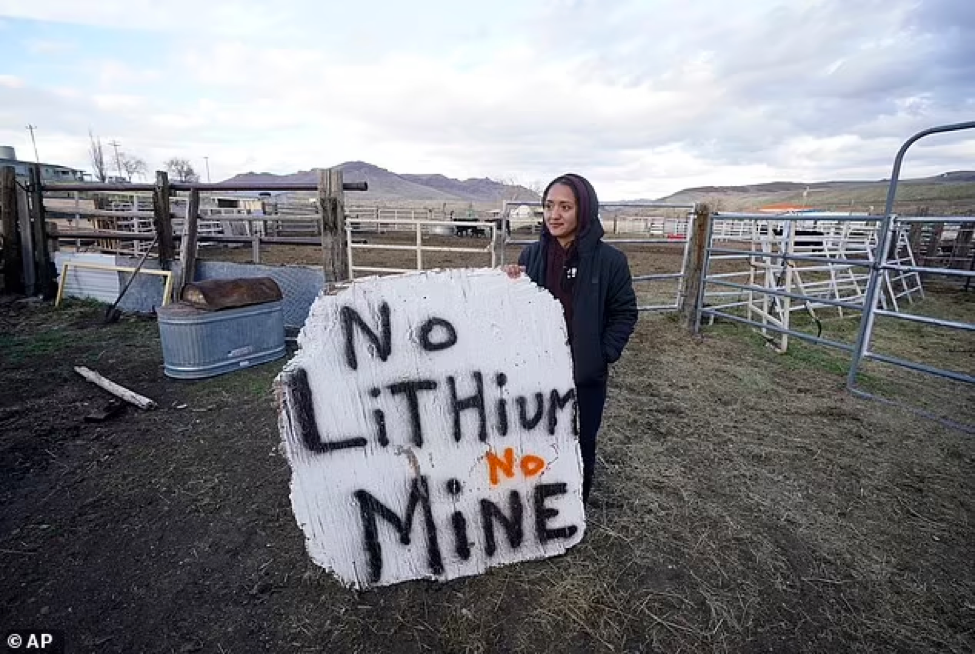
Plans to mine lithium in the McDermitt Caldera have been criticised by environmentalists who say the site is on sacred Native American land. Photo: AP
Source





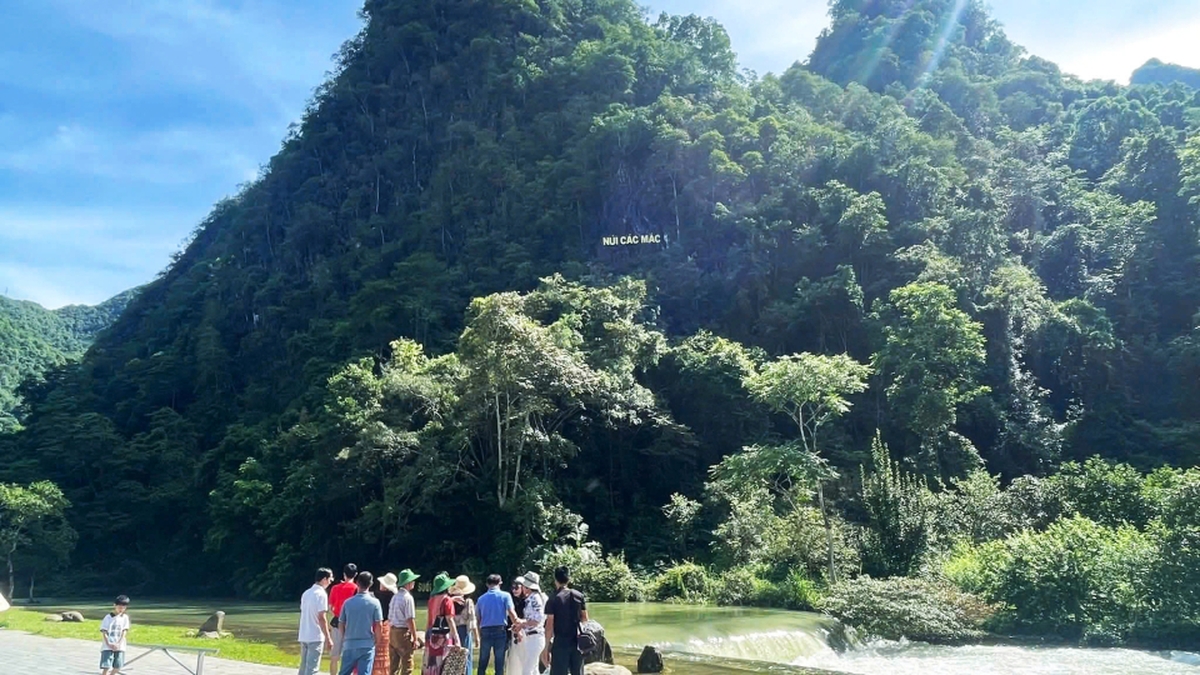

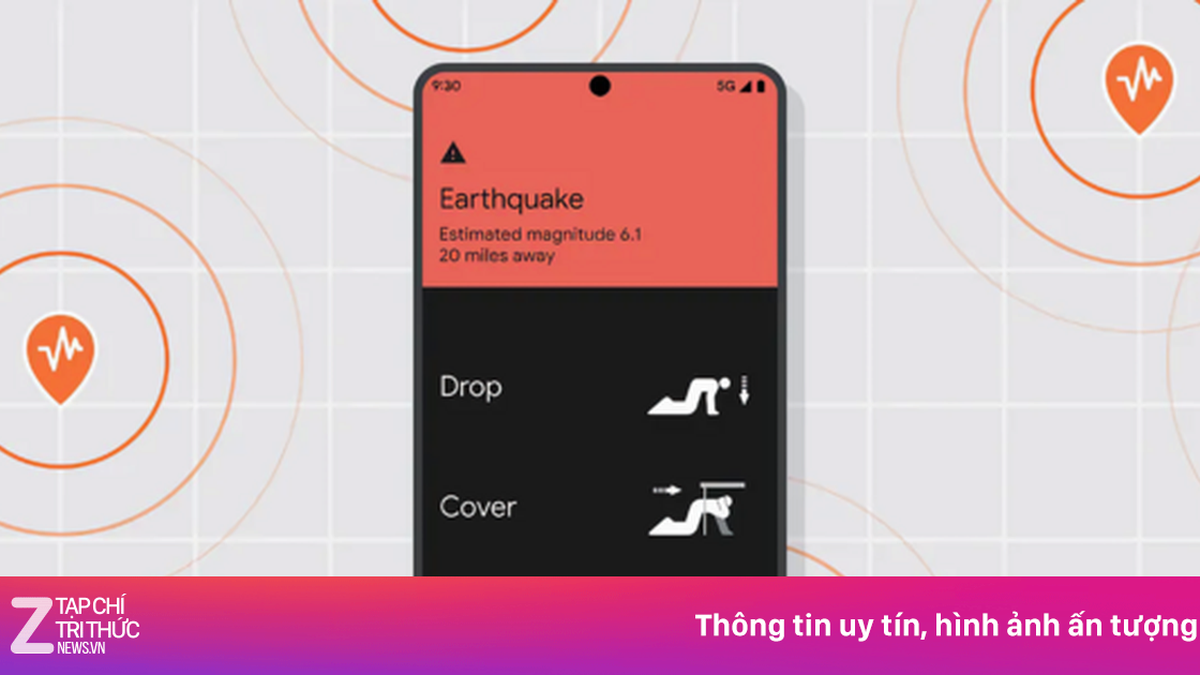
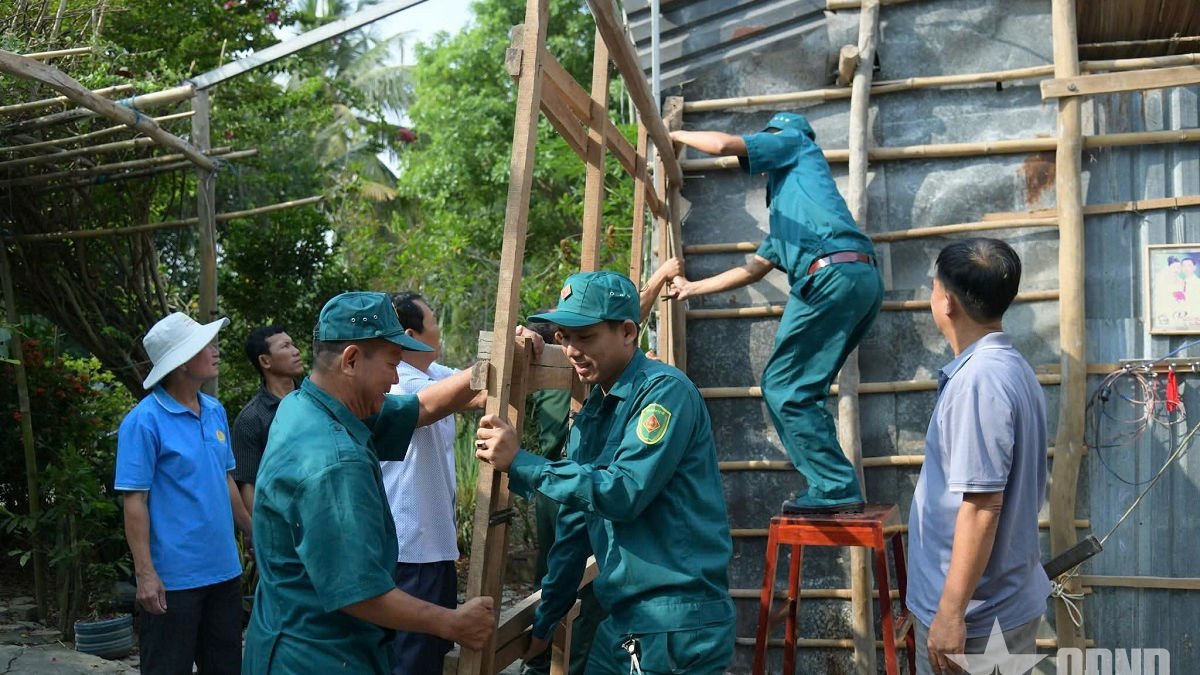













![[Photo] National Assembly Chairman Tran Thanh Man visits Vietnamese Heroic Mother Ta Thi Tran](https://vphoto.vietnam.vn/thumb/1200x675/vietnam/resource/IMAGE/2025/7/20/765c0bd057dd44ad83ab89fe0255b783)











































































Comment (0)